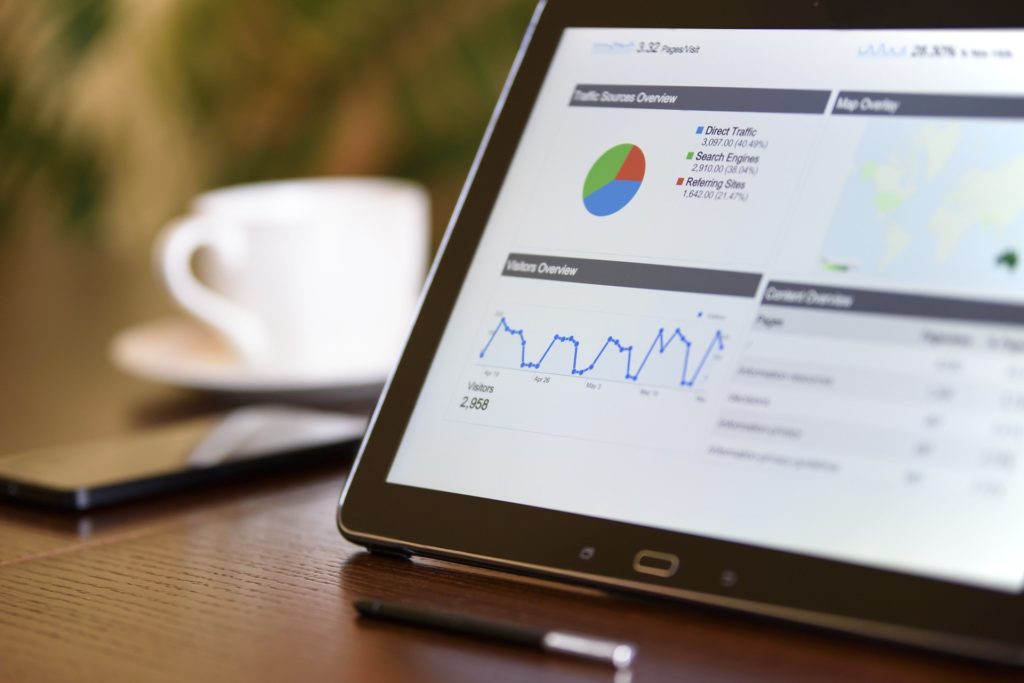Understanding Intent Data & How to Integrate It in Your Business
When it comes to success in marketing, data is your main focus point. Although this may be true, there’s a lot more that goes into attaining your prospects. The best marketing teams are aware of what marketing data brings to the table. It’s crucial in the successful completion of the set business outreach goals and objectives.
Moreover, knowing precisely what consumers are using intelligence data for places you miles ahead of any competitor. Additionally, you’ll have an established and reliable pathway through which your sales team can easily follow. Generally speaking, not every sales rep or marketer is aware of how to leverage the data and understand their customers’ insights. And that’s precisely what intent data does when it comes to enhancing better sales and exploring different marketing insights.
Defining Intent Data

Intent data is essentially the information collected from a person’s online interests, based on their internet activities. One of the most common ways that websites do this is by using cookies saved on the user’s browser data. It’s a combination of both context and topic data. In other words, intent data uses the behavior of prospective buyers that you’re trying to attract for your company’s products. The data is often from a user’s downloads, public engagement actions, and the ads they click on.
Equally important is their activities on social media platforms as well. To understand this better, take the example of when you’re on a website looking for information about a topic or product. Here, the data algorithm will register this interest and interpret it as part of the intent data.
A Closer Look at B2B Intent Data
B2B buyer intent data shows you the potential buyer companies that actively express interest that they want to buy from your business. The intent signals could be from the numerous visits to your site or subscription to your company’s newsletter.
It’s worth noting that prospective buyers typically make up 2% of the market at any point in time. That can only mean one thing; there’s a high chance that your marketing efforts and investments are going to waste. Fortunately, with the help of B2B intent data, you’re able to narrow down on the right crowd and at the best possible moment.
How Does Intent Data Benefit Sales and Marketing Teams?

With B2B intent data, company sales teams can enjoy perks such as:
- Better Efficiency: The good news is, the sales team will channel their efforts on the actual buyers. This will end up saving on time and resources for the company.
- Decreased Sales Cycles: Sales teams can now focus on qualified leads without spending too much time chasing the empty ones.
- Improved Chances of Winning: Salespeople can directly target active buyers. They’re guaranteed to get more success here than they would without intent data.
As you can now tell, intent data is an excellent way to get you better conversions and more promising leads. However, you have to make sure that you’re using it the right way. One trick to doing so is by infusing technographic data and firmographic information with B2B buyer data.
This way, you have all the tools you need to drive better sales for your business. Additionally, you can use company surge data to make ABM entries a priority, helping you get even more opportunities.
The 3 Types of Intent Data
Below are the three types of intent data meant to help you understand your options.
1. First-party Data
When it comes to 1st party data, the information in this category is what you have on contacts you already know and the unknown site visitors. Typically, it documents the potential prospects who access your site or any channels on your social platforms. This way, your marketing and sales teams can use the score leads to generate a viable sales strategy.
2. Second-party Intent data
This category works by using intent data assembled by another firm. The information could either come from a publishing or review website. Here, a user will allow the entity to give information about their online behavior and, in some cases, even their contact information.
3. Third-party Intent Data
With third-party intent data, the entire internet is the main source of information. Here, the data is often from widgets and ads, IP address details, and media contacts. Sometimes, the data is accessible from a group of websites as well.
Your Guide to Using Intent Data

Hopefully, you’re now clear on the intent data basics. Below are the different scenarios you can use to enhance consumer outreach and improve your ROI.
1. A User-Friendly Web Experience for Visitors
When a visitor accesses your website, you can use their IP address to get information on what company they’re from. On a personal level, however, the visitor is in all sense anonymous since you can’t quite tell their identity.
It’s entirely possible that they’re the CEO or a junior executive at the firm. Once they’re on your website, you can now easily monitor what pages they click on. This information will help you know what specific action to take. Additionally, there are ways that you can use to help the visitor give you their data such that it’ll be easier for your sales rep to contact them.
2. Using Engagement Statistics to Improve Lead Scores
The widespread use of marketing automation platforms is behind the surge in the use of 1st party information by companies that want to enhance their lead scores. The lead scoring model focuses on narrowing down on a visitor’s intentions using their online activities. To put this into context, your lead score automatically increases by five after leads go through the overview reference of your web page. When they scroll to the pricing section, the lead score increases by a value of 10.
You can use the data to contact a potential prospect and turn it into a win. Similarly, third-party intent data can also work in favor of your lead score model. For instance, there could be a scenario where a potential buyer looks over specific topics about a product you’re selling. However, they may not be within the 1st party bracket yet. Here, you have the option of making your move before they do. You can initiate a personal engagement since you’re already aware of their interest.
3. Using Personalized Emails to Nurture Your Leads
Once you have your known leads’ identities, you can proceed to send out emails to reach out to them at a personal level. This can be incredibly beneficial since you’re now able to gain better insight into what they need. You can also use the opportunity to enforce relevant content consumption in a bid to nurture your leads. It also works to help you assess a lead’s potential buying power through the intent data you accumulate.
To do this, the first and third-party intent data is combined to point out their specific interests and willingness to purchase from you. This way, placing leads in the right category is easier, meaning that you won’t have to worry about putting any of them in the wrong nurture campaign.
Final Word
Using intent data requires you to set your priorities straight and know exactly what results you want from it. With these valuable insights, you can be confident that you’re on the right track to increasing your conversions and returns on your investment.




